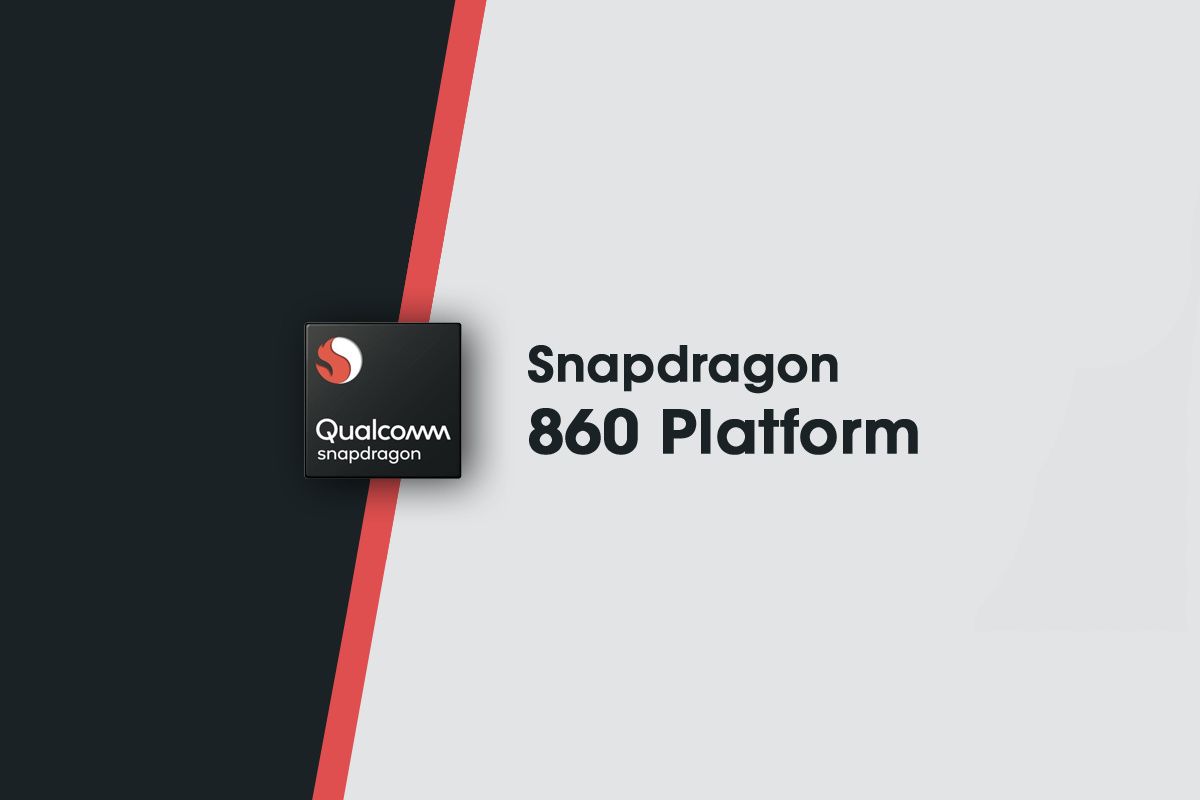Qualcomm's Snapdragon naming has become somewhat convoluted in recent years. While the company tends to release multiple chipsets under the 400-series, 600-series, and 700-series every year, they have so far stuck to one golden rule: the 800-series only sees one flagship-grade release per year, with maybe a minor revision towards the second part of the year. 2021 saw a minor change to this strategy: while their 2021 flagship SoC is the Snapdragon 888, they also introduced a Snapdragon 870, a refreshed, higher-clocked version of the Snapdragon 865/865+, meant for cheaper devices. Qualcomm is further continuing this new strategy with a new member of the family: the Snapdragon 860.
As the Snapdragon 870 is a revised version of the Snapdragon 865, the Snapdragon 860 is -- you guessed it -- a revised version of the Snapdragon 855, the chipset that powered most 2019 flagships. The SoC features an octa-core processor with Qualcomm's Kryo 485 CPU cores clocking up to 2.96 GHz, up from the 2.84 GHz in the Snapdragon 855, and the same clock speeds as the Snapdragon 855+, as well as an Adreno 640 GPU. It's also fabricated on a 7nm process, just like the Snapdragon 855, 865, and 870 (for context, the new Snapdragon 888 uses a newer 5nm node). Compared to the 855, though, the Snapdragon 860 supports up to 16 GB of RAM and supports several new camera features such as ultra-wide lens night mode, selfie night mode, and dual video.
This SoC targets upper-tier mid-range devices rather than straight-out flagships, which brings me to the elephant in the room: Why would Qualcomm re-launch an SoC that is over 2 years old? Using older flagship processors in midrange-specced devices is nothing new, and we've seen it as recently as with last year's LG Velvet, which had a 4G version that used a Snapdragon 845. For context, the Snapdragon 765G powered its 5G version. Both chipsets are 2 years apart yet are comparable in raw horsepower. Qualcomm openly embracing this strategy and repurposing their older silicon for cheaper devices is definitely a step in the right direction. Snapdragon 860-powered smartphones will perform just as good, if not better, than 2019 flagships and will also be more powerful than a good chunk of current mid-range devices.
The Snapdragon 860 is debuting with the POCO X3 Pro, which was just announced today. Do you want to see more devices with the Snapdragon 860?

